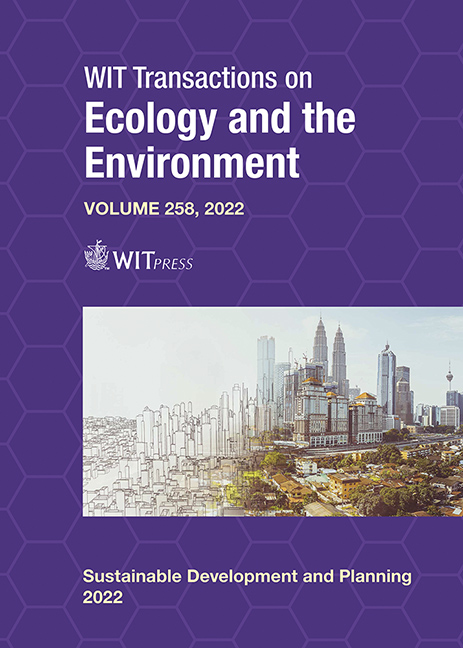IDENTIFICATION OF ADAPTIVE STRATEGIES IN VERNACULAR ARCHITECTURE FACING FLOOD RISK
Price
Free (open access)
Transaction
Volume
258
Pages
12
Page Range
393 - 404
Published
2022
Paper DOI
10.2495/SDP220331
Copyright
Author(s)
LUIS CARLOS CRUZ-RAMÍREZ
Abstract
Floods are a common phenomenon that cause environmental disasters with a great affectation on society. For centuries, humankind has tried to adapt the natural environment to protect humans from destructive weather effects using architecture as a human shelter. Vernacular architecture is known for mixing traditional solutions with indigenous engineering to solve local problems in a trial-and-error process of continuous improvement. Therefore, it is possible to find some solutions as mentioned in isolated papers describing how a population faces the risk of floods. In this context, it is necessary to make a study that considers bringing together as many possible strategies where floods are a pattern for building designs that encourage people to seek solutions in their dwellings. This paper presents different architectural adaptation strategies to face flood risks in traditional constructions located in flood prone zones. These solutions were gathered from 55 studies on vernacular architecture from 23 countries. Twenty-seven different adaptive strategies were found. Then, these strategies were classified based on the methods to protect dwellings from flooding, as described by the Federal Emergency Management Agency and an unsupervised machine learning algorithm. Results show that people tend to apply more than one solution at each instance. Using clustering analysis, nine ways were found to combine these methods and seven alternatives to mix adaptive solutions. These results could be useful for designing new dwellings in flood prone areas.
Keywords
vernacular architecture, dwelling, adaptive strategies, flood-risk





